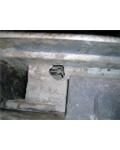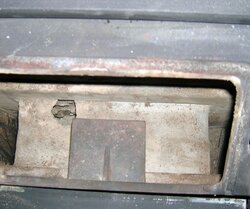Any other suggestions about what I can do to try and remedy these issues.Because like I said in earlier posts original dealer is probably out of the equation and apparently no other dealers will help.
Are you saying design corrections to this particular part or just in general?
How about other stove options that don't have all the ceramic or what ever type of material the refractory is made of that are large and cast iron.Ya know good old fashioned cast, durable, heats real good, burns long etc. etc. without spending an arm and a leg as I already have a substantial amount invested in this one.I know it's alot to ask but you never know.
By the way I have not been a member here long but in that short time the activity here is unreal.This topic was back two or three pages from yesterday this morning.
Thanks Chris
Are you saying design corrections to this particular part or just in general?
How about other stove options that don't have all the ceramic or what ever type of material the refractory is made of that are large and cast iron.Ya know good old fashioned cast, durable, heats real good, burns long etc. etc. without spending an arm and a leg as I already have a substantial amount invested in this one.I know it's alot to ask but you never know.
By the way I have not been a member here long but in that short time the activity here is unreal.This topic was back two or three pages from yesterday this morning.
Thanks Chris




